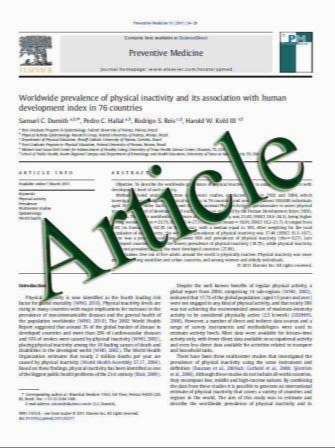The superficial medial collateral ligament reconstruction of the knee: effect of altering graft length on knee kinematics and stability
- نوع فایل : کتاب
- زبان : انگلیسی
- مؤلف : J. M. Van den Bogaerde • E. Shin • C. P. Neu • R. A. Marder
- چاپ و سال / کشور: 2011
Description
Purpose The purpose of this study was to evaluate and compare the resulting knee kinematics and stability of an anatomic superficial MCL (sMCL) reconstruction and a non-anatomic sMCL reconstruction. Methods In a cadaveric model, normal knee stability and kinematics were compared with sMCL deficient knees and with two experimental sMCL reconstructions. The first reconstruction (AnatRecon) attempted to anatomically reconstruct the sMCL. The second reconstruction (Short- Recon) used a shorter graft to mimic the effect of failing to reproduce the anatomic length of the sMCL. Changes in position of the femur with respect to the tibia were measured with an electromagnetic tracking system during simulated active knee extension and during passive knee stability testing in the sMCL intact knee, the sMCL deficient knee, and the two experimental reconstructions. Results Simulated active knee extension demonstrated a significant increase in external tibial rotation of Short- Recon compared to AnatRecon between 30 and 80 of knee flexion (mean difference\3.0 over the range of knee flexion angles; P\0.008), and a significant increase in external tibial rotation of ShortRecon compared to the intact sMCL was found at 60 and 70 of knee flexion (mean difference\2.0over the range of knee flexion angles; P\0.008). Passive joint stability testing demonstrated that division of the sMCL produced approximately 6 of valgus laxity at 30 of knee flexion and increased external tibial rotation of approximately 5 at 30, 9 at 60, and 10 at 90 of knee flexion, respectively. Anat- Recon restored normal knee kinematics and stability. Additionally, passive stability testing demonstrated a significant increase in external tibial rotation of ShortRecon compared to AnatRecon at 60 (mean difference = 3.7; P\0.05) and 90 of knee flexion (mean difference = 4.9; P\0.05). Conclusion Anatomic reconstruction of the sMCL effectively restored knee kinematics and stability in the sMCL deficient knee. Altering the normal ligament length resulted in measurable changes in knee kinematics and stability. This study suggests that in cases of chronic valgus knee instability, anatomic sMCL reconstruction would provide better results than non-anatomic sMCL reconstruction.
Knee Surg Sports Traumatol Arthrosc DOI 10.1007/s00167-011-1519-8 Received: 8 December 2010 / Accepted: 12 April 2011


